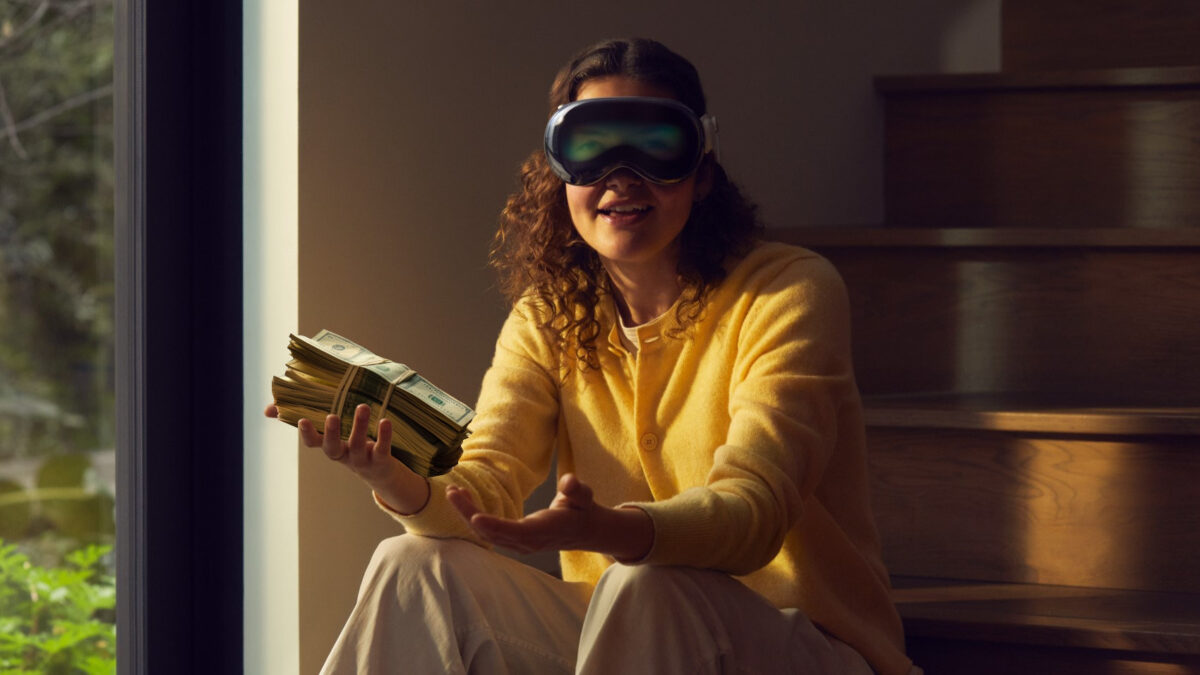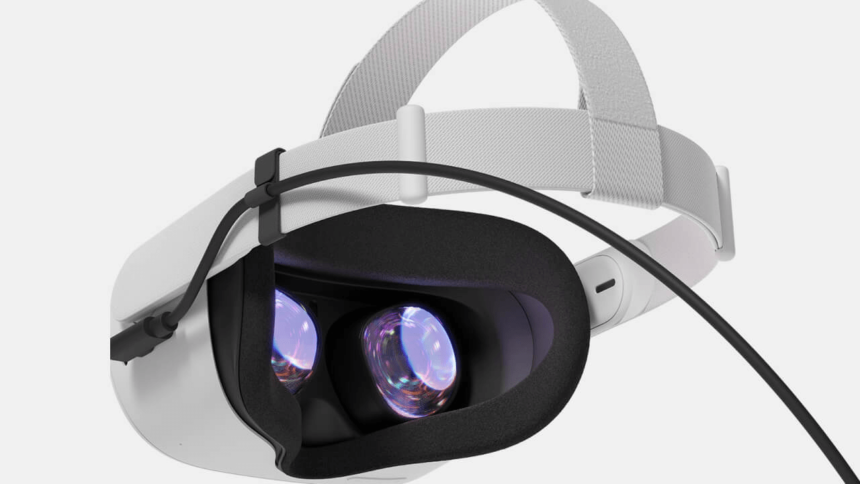What about Apple's next headset, a low-cost Vision Pro?

Apple is reportedly working on a more affordable version of its $3,500 Vision Pro headset, but cutting costs without significant compromises is challenging.
Apple's Vision Pro made a big splash, boasting some of the most impressive hardware ever seen in a consumer VR headset. However, the sticker shock will drive most customers to Meta's Quest 2 and Quest Pro in the short term and the Quest 3 this fall.
Apple is a world leader in technology and knows that the Vision Pro is out of reach for most people and is reportedly already in progress on a less expensive version. Noted Apple analyst Mark Gurman shared some insights about what might be next in his Power On newsletter.
Cost-cutting challenge
According to Gurman's report, "When the price of the headset was announced, there were loud gasps among the crowd." Unfortunately, cutting costs to make this technology more affordable won't be easy.
The most expensive components in Apple's Vision Pro are two Apple Silicon processors (M2 and R1), two 4K micro-OLED displays, and the sensor array. Each plays a critical role in delivering the spatial computing paradigm Apple is promoting.
Millions of enthusiasts enjoy VR despite using a relatively low-performance, standalone headset or being tethered to a computer with a discrete GPU for more demanding games and apps. The tradeoffs are the price we happily pay for immersive experiences that are impossible to recreate on a flat screen.

The Oculus Quest 2 becomes a full-fledged PC VR headset with the official Oculus Link cable. | Image: Facebook
Apple wasn't satisfied with either option and built the Vision Pro with performance approaching that of a Mac computer, adding a dedicated chip to handle the complex calculations needed for high-quality spatial computing without slowing the main processor. The displays are said to be as crisp as a 4K monitor, with excellent tracking with incredible mixed reality.
In January, Gurman said Apple's next headset could sell for $1,500, a target requiring significant changes. An A-series iPhone processor is still powerful but would help reduce the cost of components. Apple's M-series and A-series share much of the same technology, but the former has more cores and can access more memory, while the latter requires less energy.
Lower-quality displays could knock hundreds or more off the price, but Apple will probably want to retain a resolution superior to most standalone VR headsets. As micro-OLED technology becomes more refined and production volume increases, component costs will fall.
The most difficult challenge could be reducing the number or complexity of sensors. In fact, that might not be possible since visionOS is built around the current sensor design.
The user experience is an essential aspect of the Vision Pro. It's unlikely that Apple will rethink the eye and hand-tracking controls that are integral to visionOS. You simply look at the controls and pinch to select.
The Apple Vision Pro VR/AR headset is controlled with eye and hand tracking as well as voice. | Image: Apple
Gurman believes Apple also considers the external display that shows the wearer's eyes a necessary expense. Apple's rumored long-term goal is to replace the headset with transparent displays in AR glasses.
Easy options and launch date
Gurman did suggest a few easy price-cutting options Apple might employ, including changes to the headband, speakers, and lens positions.
The Vision Pro has a complicated headband that some find uncomfortable despite Apple's best efforts. A simpler headband without speakers would allow AirPods owners to use their existing technology instead of paying more to duplicate the spatial audio experience.
Apple's Vision Pro automatically adjusts to match the wearer's interpupillary distance (IPD). That eliminates user error, but moving the lenses manually with feedback from eye-tracking sensors would be an easy way to lower costs.
Apple still has over a year to research, refine, trim, and replace parts to make a less expensive model of the Vision Pro headset if the launch prediction is accurate. If everything goes according to plan, Gurman thinks Apple's next spatial computer could be available by the end of 2025.
Note: Links to online stores in articles can be so-called affiliate links. If you buy through this link, MIXED receives a commission from the provider. For you the price does not change.